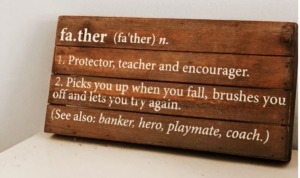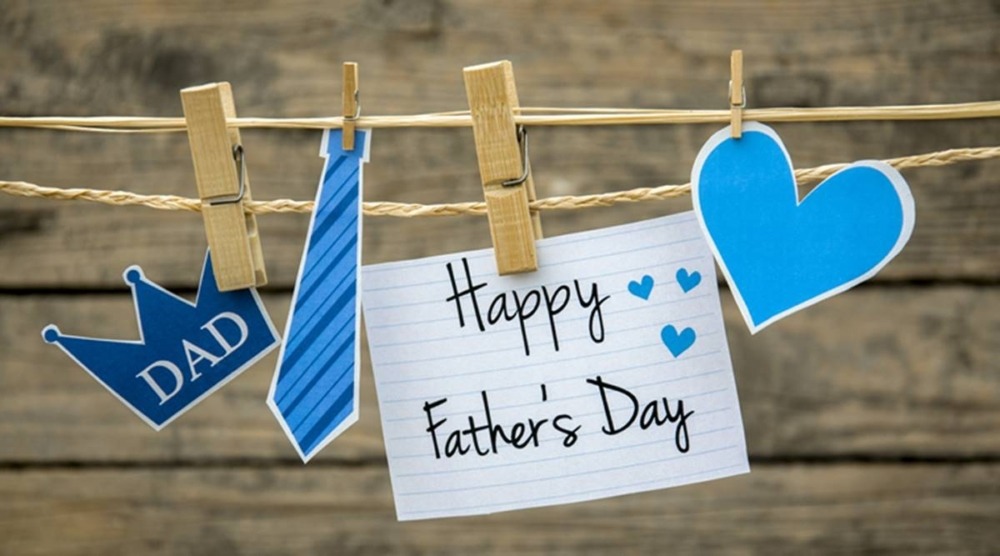
From Start to Today
Happy Father’s Day
Source: history.com
The nation’s first Father’s Day was celebrated on June 19, 1910, in the state of Washington, and 58 years later in the middle of a hard-fought presidential re-election campaign, Richard Nixon signed a proclamation making Father’s Day a federal holiday.
Mother’s Day: Inspiration for Father’s Day?
There are more than 70 million fathers in the United States. The campaign to celebrate the nation’s fathers did not meet with the same enthusiasm–perhaps because, as one florist explained, “fathers haven’t the same sentimental appeal that mothers have.”
On July 5, 1908, a West Virginia church sponsored the nation’s first event explicitly in honor of fathers, a Sunday sermon in memory of the 362 men who had died in the previous December’s explosions at the Fairmont Coal Company mines in Monongah,WV, but it was a one-time commemoration and not an annual holiday.
The next year, a Spokane, Washington, woman named Sonora Smart Dodd, one of six children raised by a widower, tried to establish an official equivalent to Mother’s Day for male parents. She went to local churches, the YMCA, shopkeepers and government officials to drum up support for her idea, and she was successful: Washington State celebrated the nation’s first statewide Father’s Day on June 19, 1910.
Sonora Smart Dodd:
William Jackson Smart was a twice-married, twice-widowed Civil War veteran and father of 14 children, one of whom dedicated her life to the creation of Father’s Day in honor of her devoted and selfless dad.
The story goes that William’s daughter, Sonora Smart Dodd, was attending one of the first official Mother’s Day services in 1909 at her church in Spokane, Washington, when she had an epiphany—if mothers deserved a day in honor of their loving service, why not fathers?
When Sonora was 16, her mother Ellen died, leaving William as a single father to Sonora and her five younger brothers. And by Sonora’s account, he performed brilliantly. “I remember everything about him,” Sonora said many years later to the Spokane Daily Chronicle. “He was both father and mother to me and my brothers and sisters.”
Sonora’s mother Ellen, herself a widow, had three children from a previous marriage. On top of that, William had also been married and widowed before he met Sonora’s mother. William had five children with his first wife, Elizabeth, who were already grown when William became a widower for the second time.
In 1910, Sonora brought a petition before the Spokane Ministerial Alliance to recognize the courage and devotion of all fathers like William on June 5, her dad’s birthday. The local clergy liked the idea of a special Father’s Day service, but couldn’t pull something together so quickly, so they settled for June 19, the third Sunday in June.
On that first Father’s Day in 1910, church sermons across Spokane were dedicated to dear old dad, red and white roses were passed out in honor of living and deceased fathers, the mayor of Spokane and governor of Washington issued proclamations, and Sonora found her calling. She would spend much of the next 60 years pushing for the official recognition of Father’s Day as a national holiday.
Slowly, the holiday spread. In 1916, President Wilson honored the day by using telegraph signals to unfurl a flag in Spokane when he pressed a button in Washington, D.C.
In 1924, President Calvin Coolidge urged state governments to observe Father’s Day, and today, the day honoring fathers is celebrated in the United States on the third Sunday of June:
In other countries–especially in Europe and Latin America–fathers are honored on St. Joseph’s Day, a traditional Catholic holiday that falls on March 19th.
Father’s Day: Controversy and Commercialism
Many men, however, continued to disdain the day. As one historian writes, they “scoffed at the holiday’s sentimental attempts to domesticate manliness with flowers and gift-giving, or they derided the proliferation of such holidays as a commercial gimmick to sell more products–often paid for by the father himself.”
During the 1920s and 1930s, a movement arose to scrap Mother’s Day and Father’s Day altogether in favor of a single holiday, Parents’ Day. For years on Mother’s Day, pro-Parents’ Day groups rallied in New York City’s Central Park–a public reminder, said Parents’ Day activist and radio performer Robert Spere, “that both parents should be loved and respected together.”
Paradoxically, however, the Great Depression derailed this effort to combine and de-commercialize the holidays. Struggling retailers and advertisers redoubled their efforts to make Father’s Day a “second Christmas” for men, promoting goods such as neckties, hats, socks, pipes and tobacco, golf clubs and other sporting goods, and greeting cards.
When World War II began, advertisers began to argue that celebrating Father’s Day was a way to honor American troops and support the war effort. By the end of the war, Father’s Day may not have been a federal holiday, but it was a national institution.
Today, economists estimate that Americans spend more than $1 billion each year on Father’s Day gifts.

